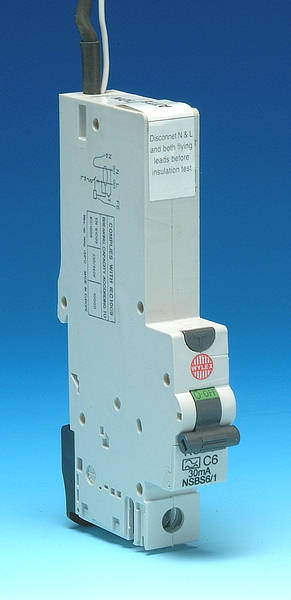basically the switch top right is a double pole switch, meant to switch both live and neutral.
In your case only the live is switched. The neutral is run through that little box to the left of the switch.
It seems odd that they would supply that box to do this, when it'd be easier to run the neutral through the switch.
Theres nothing wrong with just switching the live, in fact, most installations dont even have this isolation switch, so cound yourself lucky.
An RCBO replaces the individual circuit MCBs, which for you would require 10 of them, at a cost of about £300 in materials alone.
A real bodge and not in compliance with th 17th edition, would be to replace the mainswitch with an RCD. But this is ugly and causes lots of nuisance trips.
A compromise, but might cost you the same as RCBOs in the end, is to replace that whole unit with a split load board, with two RCDs.


